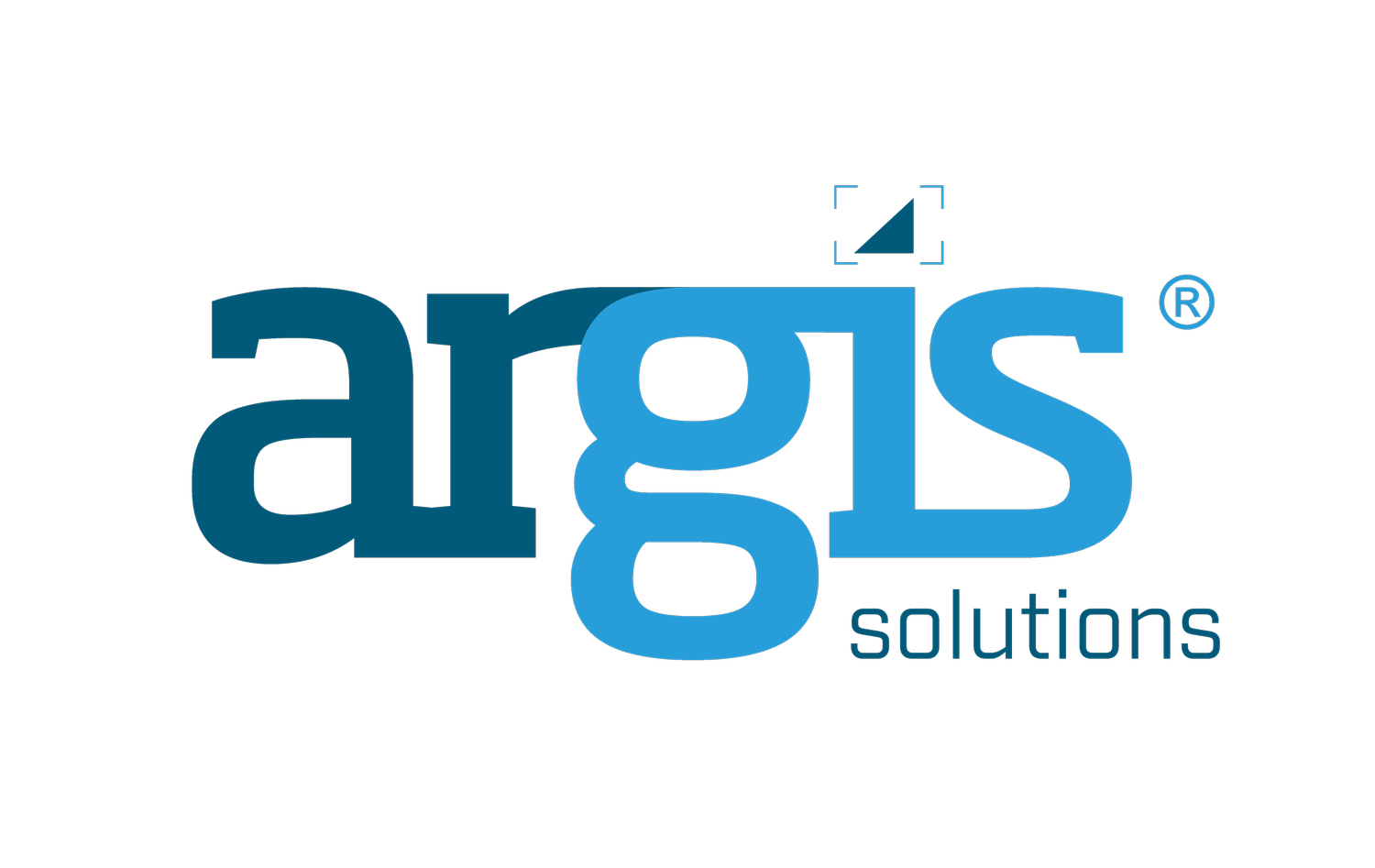Pipeline Precision: Data Refinement and Time Savings with AR
Whiting Petroleum uses augmented reality to verify its survey-grade collection of GIS data in order to improve accuracy and work-site efficiency.
Mostly hidden from view, pipelines cross vast expanses of public and private property through or near bodies of water, environmentally sensitive land, and communities, transporting commodities to ensure a thriving and functional economy. Petroleum and other pipeline-dependent companies are deeply invested in preserving safety, health, and the environment while distributing our nation’s resources across the country. Part of this investment is ensuring their operations are safe and efficient.
A Costly Investment and Work Site Suspicion
Prior to pipeline construction, these companies spend millions of dollars collecting GIS data and investing in survey equipment to ensure that their geographical data is as accurate as possible. This information is then shared with the Pipeline and Hazardous Materials Safety Administration (PHMSA), the federal regulatory agency that oversees our nation’s pipeline transportation system. In the past, aerial imagery of an area generally has been sufficient for most GIS data requirements. However, excavation safety improves when a greater level of precision is reached. A common dilemma for most excavation-reliant companies: They are required to invest in GIS data, but they are cautious about using it for everyday needs on the job site. They often see discrepancies between their GIS data and what their field crews are seeing at the work site.
Solving the Problem with Augmented Reality
One company, Whiting Petroleum, found opportunity in something as simple and intuitive as an AR mobile app. In 2016 Whiting began investigating the use of AR for damage prevention. The Argis Lens, an AR visualizer created by Argis Solutions, caught Damage Prevention Supervisors Chris Hofland and Brent Pingel’s attention because of its ability to bring Whiting’s GIS data straight to the well pad. Through the Lens, Whiting’s GIS data was viewable in a 3-dimensional real-world setting, highlighting discrepancies between geospatial data and the work site, while simultaneously improving communication. Recognizing the Lens’ value and potential, Whiting began to utilize the mobile application in North Dakota’s Watford City area that same year.
AR Reveals Discrepancies in GIS Record
Viewing Whiting’s GIS data through the Lens, One Call locators were surprised to discover it was off by as much as 30 feet. In the petroleum industry exact geographical measurements are paramount to safety. Well pads for Exploration & Production (E&P) petroleum companies, like Whiting, undergo frequent changes, and more precise GIS data paves the way for a safer worksite. Additionally, right-of-way for pipeline construction, which varies by state, involves a specifically contained construction space. A measurement error of 30 feet could create a costly, hazardous situation.
Reduction in LOE with AR
Today Whiting is using the Argis Lens in conjunction with Collector for ArcGIS and commercial grade GNSS devices, Whiting’s new workflow can now document accurately discrepancies as they are found, allowing the GIS records to be updated and refined. Field operators are currently working with 16-inch accuracy. As GIS data quality improves, the goal for Whiting is 8-inch accuracy because richer GIS data will support a safer, more accurate work site. With its newly improved GIS data and the streamlined communication capabilities of AR, Whiting is spending 30 minutes less per locate without any reduction in safety, a fantastic return on investment. This time savings and lessened reliance on the magnetic wand is reducing their lease operating expenses on current well pads. Whiting’s goal is to remove the need for electromagnetic location by 2020. By documenting infrastructure with the augmented reality technology offered by the Argis Lens, Whiting Petroleum is now working faster with better data and improving its bottom line.


